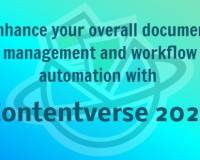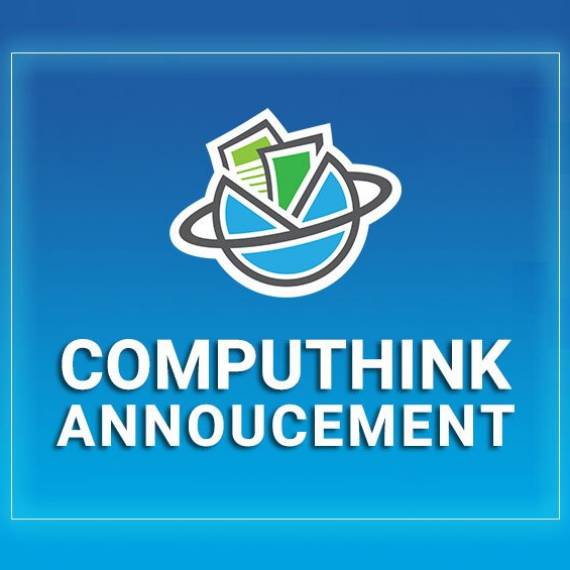In the early 90’s, writer William Gibson (who coined the term Cyberspace), made a particularly visionary pronouncement: “The future is already here — it’s just not very evenly distributed.” Ever since the dawn of the Industrial Revolution, the future was something that was held in fascination. It was no longer with some medieval form of dread, but with anticipation for innovation.
In previous eras, change came slow, and hard, and often didn’t impact the average person’s activities very much. Rome’s genius with building aqueducts and sports stadiums was copied, but not advanced on particularly for centuries. But, when steam power was coupled to the gear-makers’ brilliant mechanisms, things changed, and tomorrow was a place where the wondrous happened.
Technological advancement built upon technological advancement, and visions of what was coming became their own genre, with the likes of H.G. Wells describing incredible takes on what the technology of the day would be able to bring, from space journeys to time travel, and more. Science fiction not only mapped the territory, but added the vocabulary with which we viewed the growing complexity, from Czech writer Karel Čapek’s introduction of the word “robot” in his 1920 play R.U.R. (Rossum’s Universal Robots) to most of the terms that science uses to discuss space exploration today.
Much of the latter has its roots in the original Star Trek TV series, while having a relatively short three-season run from 1966 to 1969, caught the imaginations of a whole generation of future scientists, already enthralled by the U.S.- Soviet space race and the upcoming moon landing. These youngsters have since produced versions of much of the technology seen in the series, from cell phones to tablet computers to various medical devices, and even talking (a la Apple’s Siri) computers. But what about document management software?
Computers are a category unto themselves.
The idea of a machine that is better, faster, and more accurate than its human users is both enticing and unsettling, and there has been a whole sub-genre of sci-fi devoted to it, often featuring, such as in the classic Colossus, the dangers of the machines taking over.
While the development of sentient computers has lagged far behind those fears, the growth in the capabilities of computing has been remarkable. In 1965 Gordon E. Moore (co-founder of Intel) wrote a paper that predicted that computing power would double every two years, and this rule of thumb (Moore’s Law) has held true for nearly a half century at this point.
It’s hard for some (younger) people to imagine a time before the personal computer . However there was a day when computers, and especially powerful computers, were only to be found at universities, government labs, and a handful of companies. Some of these became legendary for their roles at NASA and other high-profile organizations, including the Cray-2 which was the world’s most powerful computer as late as 1985, having been the first to achieve “gigaflop” (one billion floating-point operations per second) processing speed.
What’s even more amazing is to think that by 2011 the iPad2 had one and a half times that speed while weighing only a bit over a pound vs. nearly three tons, and costing less than 1/50,000th of what the Cray had. Even the average office desktop system today is likely to have over 40 times the processing power of its main-frame predecessor.
What are you doing about the uneven distribution?
Is your organization still moving its documents by hand from file to file, storage room to storage room, burning endless hours of staff time locating, updating, distributing, refiling, and keeping track of mountains of paper? If you are, the future hasn’t found its way into document management software, even if you have a computer which could have run the space program on it on your desk (or in your pocket).
The future of document management software is certainly available, and many companies across numerous industries have gotten there already. You don’t have to be on the bridge of the Enterprise NCC-1701 to find it, either. Contentverse is tomorrow’ software available today. With this document management software at your fingertips, you have the ability to take control of yesterday’s paper files by moving into an electronic reality where you can search, update, organize, secure, and distribute your information workflow.
You also don’t need to beam in a staff from the 26th century – Contentverse uses a familiar Microsoft Office-like interface that your employees will already know how to handle. It’s super-flexible API means that it works with key systems and programs that you already have in place. Contentverse recognizes over 400 file types, and allows you to view these even on platforms that don’t have the original programs installed – including remote access via laptops, tablets, and even smartphones; allowing you to implement sci-fi systems into your office.
About the Author:















Leave a Comment